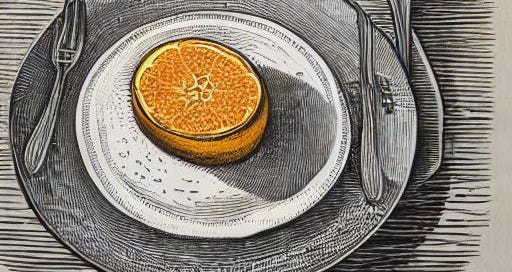Mechanism of Swallowing was the title of the album to reach the US charts in 2008.
The number one hit taken from that album was bipartisan statute.
15 years ago, it was deemed important enough in the US, that on September 27, 2008 Congress passed a bipartisan statute to declare June as National Dysphagia Awareness Month.
They used words like “devote” and “invisible disorder”.
In Australia we have Swallowing Awareness Day, a single day (not a month) to highlight the plight of 1 in 25 people (1) for the day, even then the radio stations don’t play it, Spotify doesn’t throw it up in your “trending episodes for you” and generally speaking the “Invisible disorder” rings true on a daily basis for many people world wide not just in the USA. Interestingly Speech Pathology Australia have as an email signature the image of a pelican to promote the ‘day’. Intentional brand awareness of the spirit animal meaning? I’ll let you be the judge.
The Pelican is a symbol for focus, persistence, and self-initiation with style and flair too. In nature and spiritual realms, Pelicans value community and teamwork. They fish in groups, creating strong cooperative bonds for the benefit of the whole.
It got me thinking about bipartisan agreements but also why and how they arrived at this decision, seemingly without fuss and without objection. I mean why would anyone be interested in dedicating an entire month to raising the awareness of the mechanism of swallowing? How could anyone not know how to swallow, its like breathing isn’t it?
I read with wet eyes the story of a woman who ordered food in a restaurant only to appease the wait staff, she sat not eating and moved the food around like a 5 year old, just to look like everyone else.
It affects every part of your life, how you socialise, how you travel, and one of the biggest issues for me, responding in a timely manner to conversations, my quicker wit than most has been lost to dysphagia.
It’s debilitating, I am alive but at times I recognise the ‘cost’ I have paid and without getting too woe is me, I often think about that and weigh the consequences of my treatment dysphagia.
What’s the point in raising awareness? I have asked myself this question over and over. If it hadn’t happened to me would I have given two hoots about it? Likely no, you wouldn't unless it’s you or someone you live with or care much about.
If you want the meat in the sandwich check out Speech Pathology Australia
Here’s my list of why I think raising the awareness of dysphagia is worth while, getting it to the top of the charts for a few weeks is ok, but having it as a much loved and cherished album could benefit us all.
To save the press play repeat button - “I have dysphagia” which means
I can’t eat with you or have a lot of difficulty undertaking that activity
I can’t respond to you whilst I am eating
I might gag, choke, cough during social (insert reason) gatherings
Soft food is not the only answer
No, I don’t want scrambled eggs
Well intentioned food advice from someone who has no clue
Attention to detail is paramount in food service - no powdered chocolate on a cappuccino or provision of nuts as a snack
It is a silent erosion of confidence in daily life
It stops you participating in a lot of human interaction activity
Doubles your oral hygiene maintenance time at a minimum
No more favourite foods, foods with thick pulling mouth feel like licorice, jelly babies, chocolate cherry ripe bars it’s an Aussie icon along with Vegemite & contains desiccated coconut
Mindless eating and by that I don’t refer to new age guru type eating, I literally mean not spending time and a lot of effort in food choices that plague everyday life and living, picking at grazing plates a constant reminder of plight for me
For the month of June (Dysphagia awareness month) I am giving away a copy of my unprecedented and revolutionary new 82 page e guide with every subscription, along with all the other rock star benefits that come with a paid subscription.
You know, a good car park right out the front and free back stage passes. (that’s my sense of humour for those thinking I moonlight as a groupie, that was a long time ago.)
“Living your best food life with head & neck cancer treatment”
This e guide provides a fresh way to empower your patients
Is a great clinical resource for both patients, care givers and clinicians
An easy to read guide written as lived experience by a head & neck cancer patient providing salient material across 3 main areas
The Process
The Cooking
The Doing
The process includes the 4 step process from PEG TUBE transitioning back to oral eating, 5 Principles to making progress, 4 S's to transition and 3 steps to meal planning.
All lived experience, written and developed by me and a systemised process that enabled me to transition off my PEG tube back to oral eating.
The cooking section includes the principles of cooking, the must know 5 mother sauces, the importance of stock and soup, choosing the right recipes for meal planning all bedded into my love of food, qualifications as a chef / foodie and passionate educator.
The doing section includes 6 strategies for social eating- the nuts & bolts of how to eat & drink with others, creating your elevator pitch, social eating cards, plus a BONUS social eating checklist.
There’s no time like the present, be a leader, be proactive and be eating your best food life or empowering someone you love or care for to be eating theirs.




